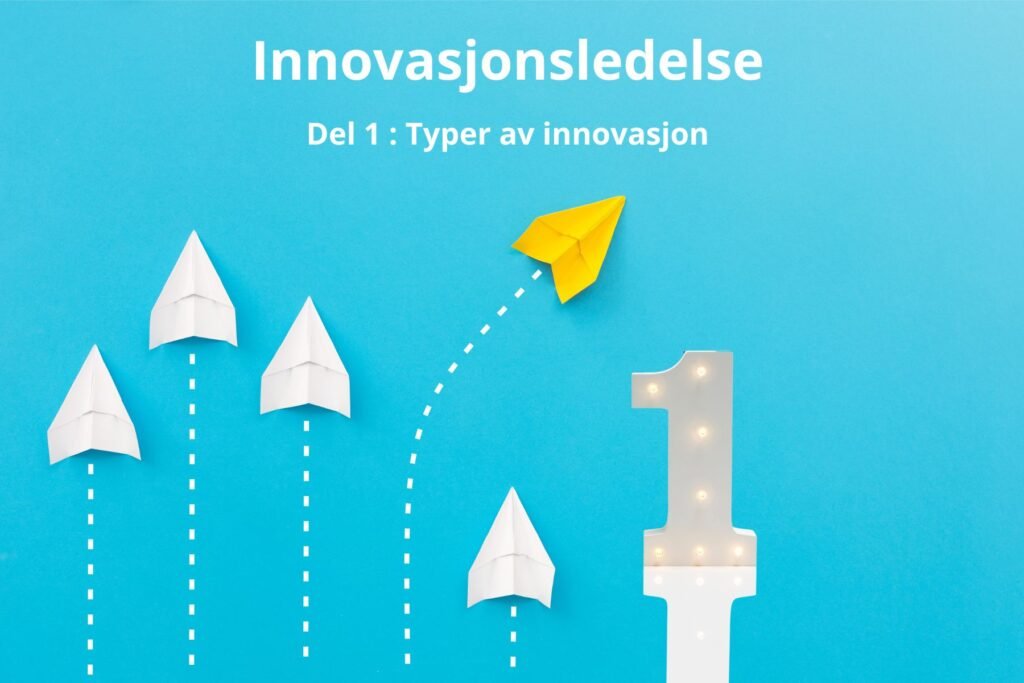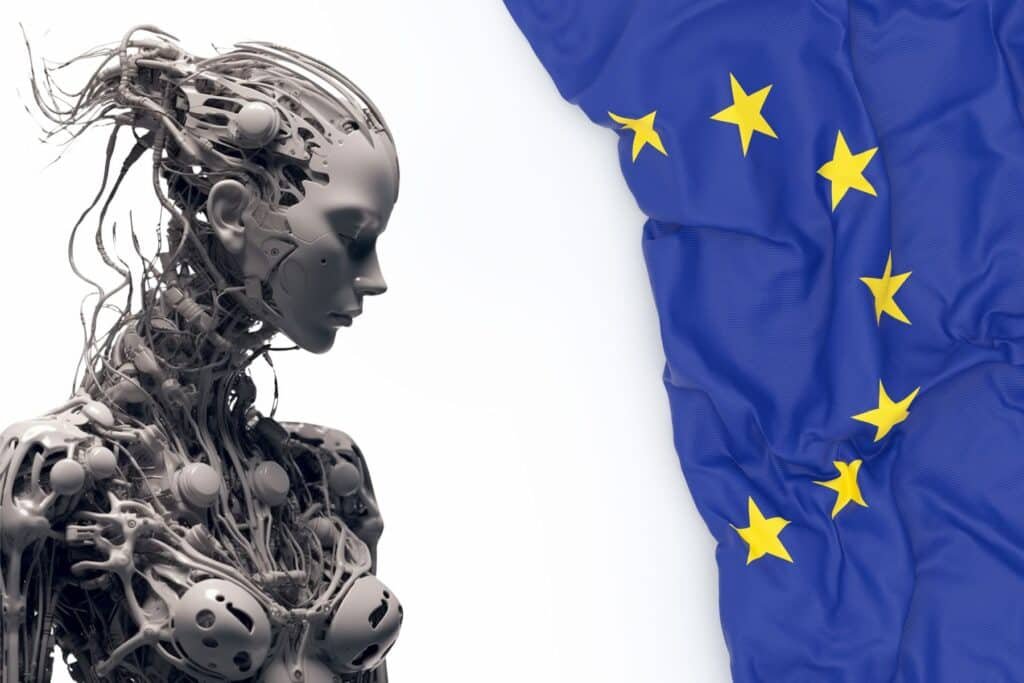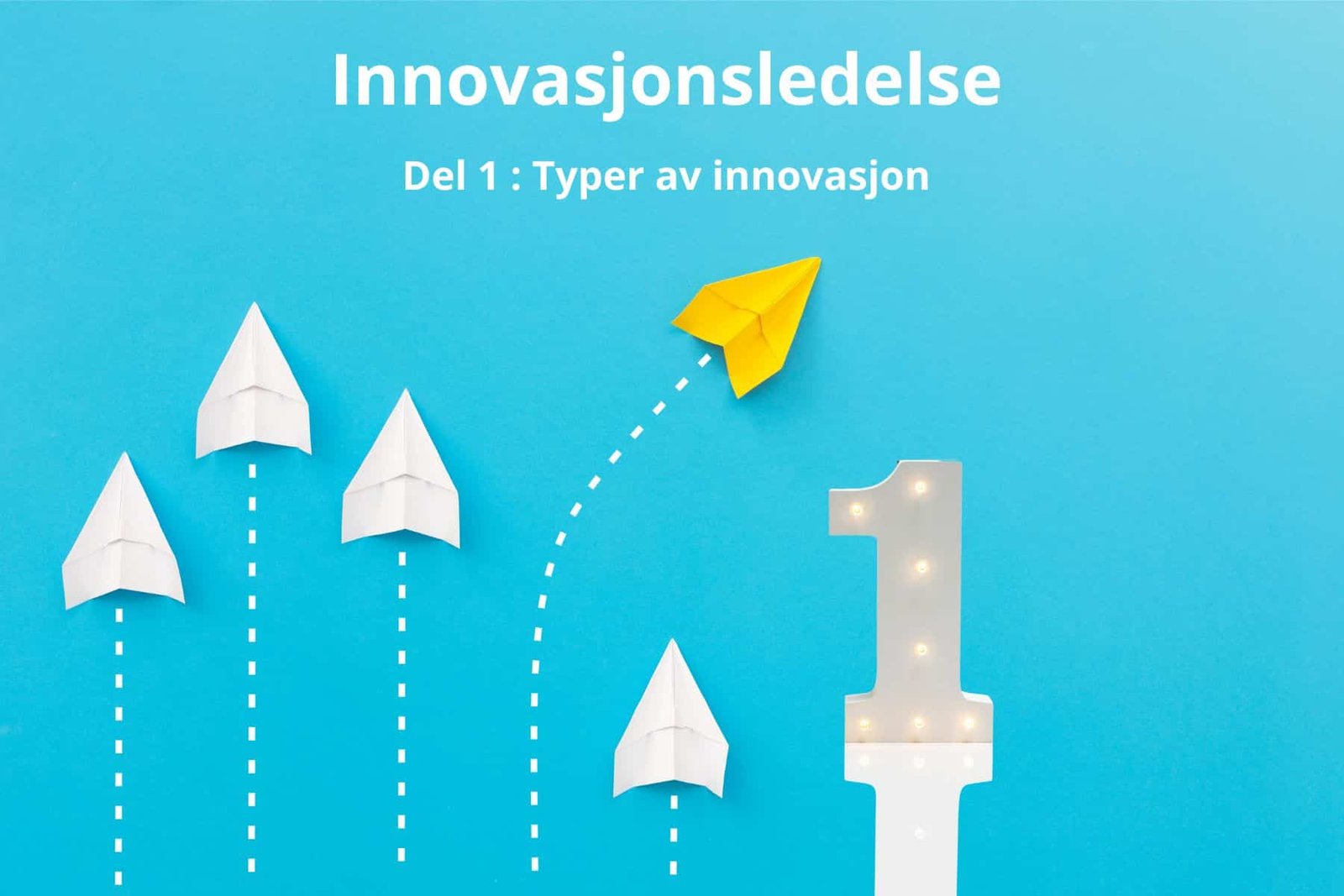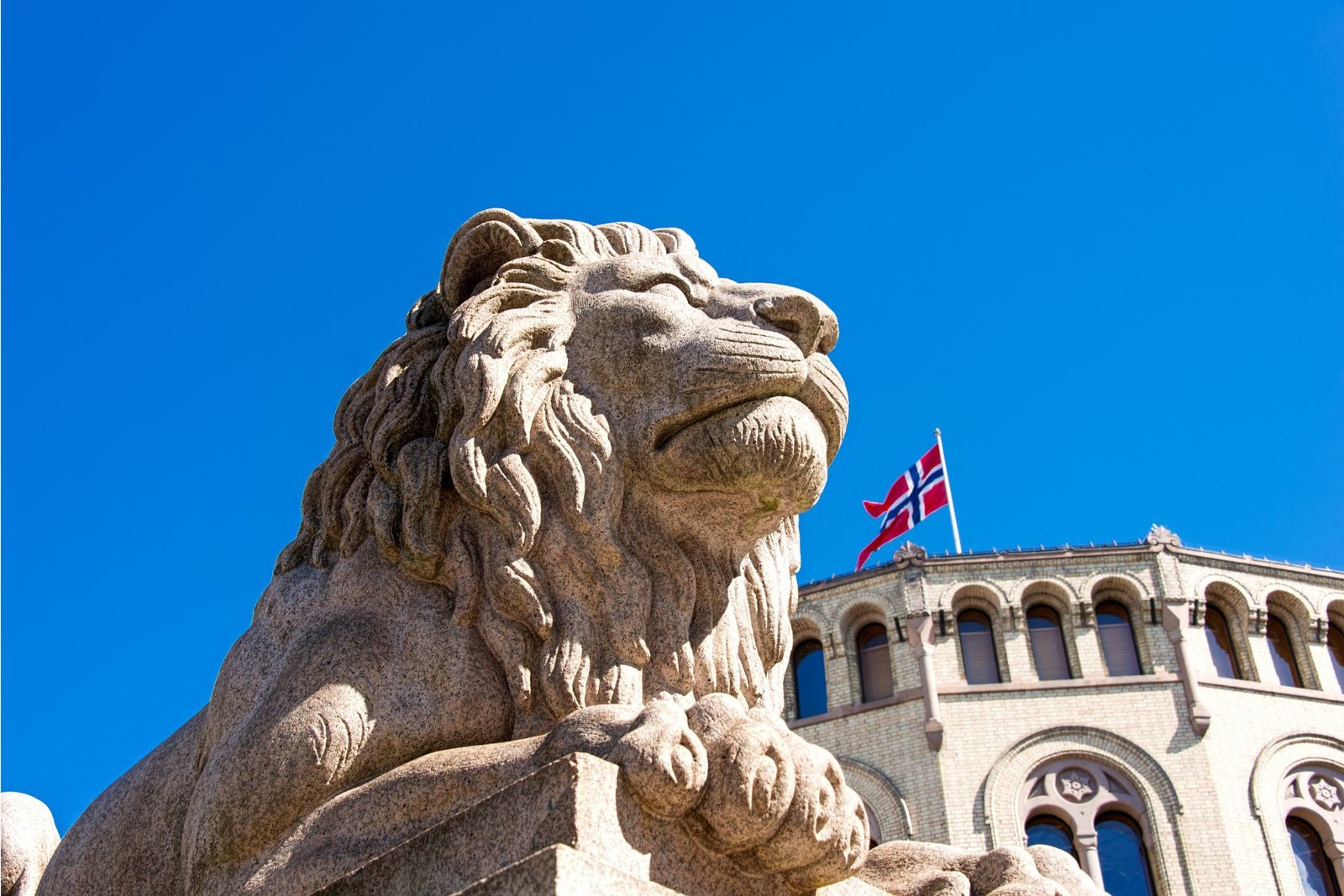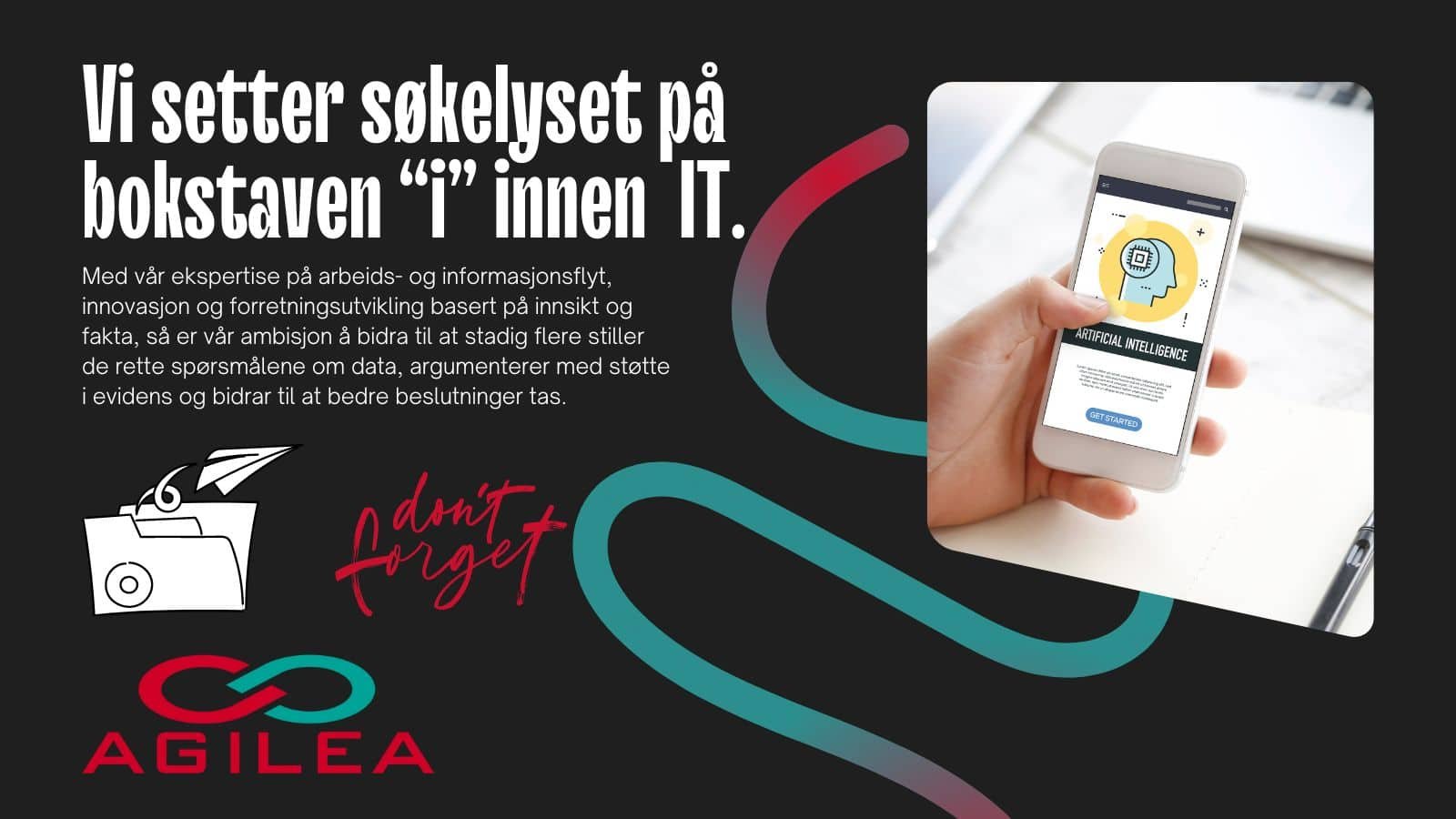At a time when technological innovation is skyrocketing, the EU has taken a pioneering step to regulate artificial intelligence (AI) through what is known as the AI Act. This regulation marks the world’s first international law for AI, setting a new standard for how we develop, implement and use AI technology. But what does this mean for your business and how can you prepare? Let’s dive deeper into the AI regulation and explore its implications.
Forstå KI-forordningen
The AI Regulation is a set of rules developed by the EU to manage risk and promote ethics in the development and use of artificial intelligence. Its purpose is to ensure that AI systems are used in a way that is safe, transparent and fair, while not hindering innovation. The regulation categorizes AI systems into four risk levels: minimal risk, limited risk, high risk, and unacceptable risk, each with its own set of rules.
The similarities between the KI Regulation and the EU General Data Protection Regulation (GDPR) are striking. Both put privacy and security at the center, require extensive documentation and risk assessments, and can impose heavy fines for regulatory violations. Just as the GDPR has changed the way businesses process personal data, the AI Regulation will transform how we approach the development and use of AI.
Omfang
Fire risikokategorier for AI-systemer
The AI Regulation classifies artificial intelligence systems according to four levels of risk, with customized regulations based on potential impact on individuals and society.
1. Uakseptabel risiko – forbud
Systemer som potensielt kan kompromittere individets sikkerhet eller rettigheter er ikke tillatt. Dette inkluderer, men er ikke begrenset til, produksjon av falske videoer (såkalte deepfakes), implementering av sosiale kredittsystemer, og omfattende overvåkningstiltak. Unntak kan gjøres for forskningsformål eller av nasjonale sikkerhetsgrunner.
2. Høyrisiko
-strenge krav
Systemer som faller inn under denne kategorien kan ha en betydelig negativ effekt på folks helse, sikkerhet, og grunnleggende rettigheter. For eksempel krever bruk av AI i rekrutteringsprosesser spesiell oppmerksomhet for å unngå diskriminering basert på skjevheter i data. For å imøtekomme disse bekymringene, må leverandørene:
・ Implementere risikostyringssystemer
・ Sikre menneskelig overvåkning
・ Bruke datamaterialer som er rettferdige og ikke-diskriminerende
Disse høyrisiko-systemene må undergå detaljerte evalueringer før de blir tilgjengelige på markedet og krever kontinuerlig menneskelig evaluering.
Brudd på disse reglene kan resultere i bøter på opptil 35 millioner euro eller 7% av selskapets globale omsetning.
3. Begrenset risiko
-transparens
Systemer i denne kategorien kan potensielt villede brukere ved å etterligne menneskelig interaksjon. Det er viktig at brukerne er klar over at de kommuniserer med et AI-system. Dette gjelder spesielt for chatboter i kundeservice, hvor det må være tydelig at det er en bot og ikke en menneskelig ansatt. All AI-generert innhold, enten det er tekst, bilder, videoer eller lyd, må tydelig merkes.
4. Minimal risiko
-unntak
AI-systemer som anses å ha en minimal risiko, som videospill eller spamfiltre, er unntatt fra KI-forordningens regler. Disse systemene anses ikke å utgjøre noen betydelig trussel mot individuelle rettigheter eller samfunnssikkerhet.
Forberedelser for virksomheter
To navigate the AI regulation effectively, businesses need to take proactive steps. Here are some key strategies:

Risikovurdering
Identify which AI systems your business uses and assess them according to the four risk categories defined in the regulation. This will help you to understand which sets of rules apply to your systems.
Gjennomføre DPIA
For AI systems that fall under the category of high risk, it is necessary to conduct a Data Protection Impact Assessment (DPIA). This is a process for systematically assessing and mitigating privacy risks that your AI systems may pose.
Opplæring og bevisstgjøring
Spread knowledge of the KI Regulation within the organization. Make sure employees understand the new rules and their role in complying with them. This includes everything from developers to managers.
Policyer og prosedyrer
Update or develop internal policies and procedures to ensure that your business complies with the AI Regulation. This can include guidelines for the ethical use of AI, processes for risk assessment, and measures to deal with violations of the regulation
Agileas rolle
I en verden hvor regelverket stadig utvikler seg, er det viktig å ha en partner som kan veilede deg gjennom kompleksiteten.
Agilea has a long history of helping businesses navigate the regulatory landscape, especially when it comes to GDPR. Our experience has shown us the importance of being prepared and informed, and we bring this expertise to the field of AI regulation.
Our goal is to equip your organization with the knowledge and tools needed to promote responsible and ethical use of AI. Before the summer, our new and previous courses will be available on our website.
Konklusjon
The AI Regulation represents an important step towards ensuring that the development and use of artificial intelligence takes place in an ethical and safe manner. For businesses, this means a necessity to adapt to new rules and procedures. By understanding the regulation, assessing the risks and investing in training, your business can not only comply with the regulations but also lead the way in the development of responsible AI.
